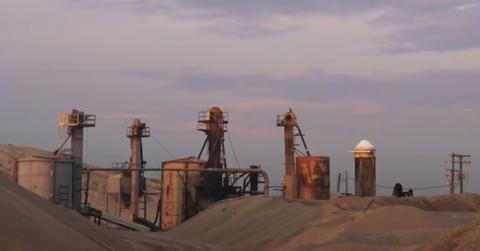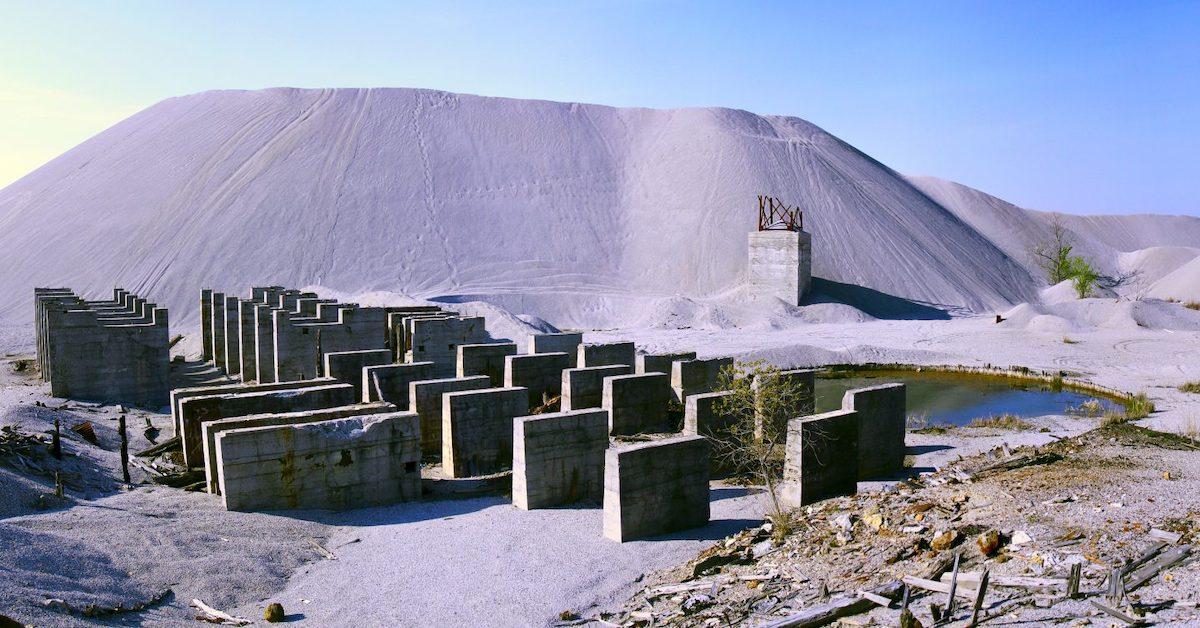This Oklahoma Superfund Site Is Evidently More Dangerous Than Scientists Thought
Published Oct. 12 2022, 12:37 p.m. ET
One of the oldest superfund sites in the U.S. is evidently harming local communities more than experts previously thought. In northeastern Oklahoma lies Tar Creek Superfund site, which takes up a large potion of Ottawa county — a region known for its defunct mining towns.
That said, Local Environmental Action Demanded (LEAD) Agency recently released a report that shows high levels of toxic mining waste is more widespread, as there are toxins in the Tar Creek floodplain.
When the creek floods, toxic water actually floods the entire county.
“That was what absolutely shocked us was what we didn’t know. When there’s flooding, those roads around [the Oklahoma town of Miami] and inside the Tar Creek Superfund Site, are closed. We can’t get there when it’s flooded and no one had ever seen where the water floods go when we have major flooding events like what we saw in 2019 and also back in 2007," Rebecca Jim, Executive Director of LEAD Agency, told KSN.
And with climate change, floods are likely going to become more common. So this could become a hazard to an even wider scope of communities.
"So, it’s a real eye opener to see those chat piles in the floodplain, sitting in water that flows in, and takes that material into the lakes and rivers that people in the area drink from," she continued. "So this new map really shows what we simply couldn’t see during flooding events."
Tar Creek is more hazardous than environmentalists assumed.
With support from nonprofit American Geophysical Union’s Thriving Earth Exchange, LEAD was able to create a new interactive map that shows the extent of Tar Creek's damage.
Per FOX25, mines from old booming mining towns weren't properly sealed, once operations stopped in the 1970s. This caused acidic mine water to seep into the groundwater, and sinkholes to form. Chat piles — towers of lead and zinc tailings — also remained standing.
But apparently, a number of the chat piles are standing within the creek's floodplain. Therefore, more of the region is being flooded with toxic creekwater every time the water levels get too high. It seeps into residents' backyards, which can contribute to a number of health problems for children and adults alike.
Heavy metal mining toxins from the creek have raised lead levels in local children. They can contribute to a number of debilitating neurological problems, and even possibly death.
In adults, lead exposure can also cause anemia, as well as kidney and brain damage, according to the CDC.
Between 1995 and 2007, the EPA started buying people out areas that were initially thought to be affected. But now, state, tribal and federal officials are currently trying to figure out what their next move will be — as it's affecting more towns than imagined.
Unfortunately, Tar Creek is disproportionately affecting native people.
Ottowa county has been inhabited by the native Quapaw tribe since the 1830s, and sadly, they are being disproportionately affected by colonizers' irresponsible mining practices during the 19th century.
According to a University of Michigan study, the Bureau of Indian Affairs (BIA) illegally sold Quapaw land to mining companies in the 1870s, while they were still living there. The land was flooded with lead and zinc, which affected all surrounding waterways and local people.
In the small Oklahoma town of Miami, which borders the creek, there are a total of four dialysis centers. This is because so many people are sick with various cancers from the toxic waste that floods the backyards and drinking water.
Hopefully, this will courage Biden to clean up superfund sites as promised, as this is clearly posing a risk to so many people.

